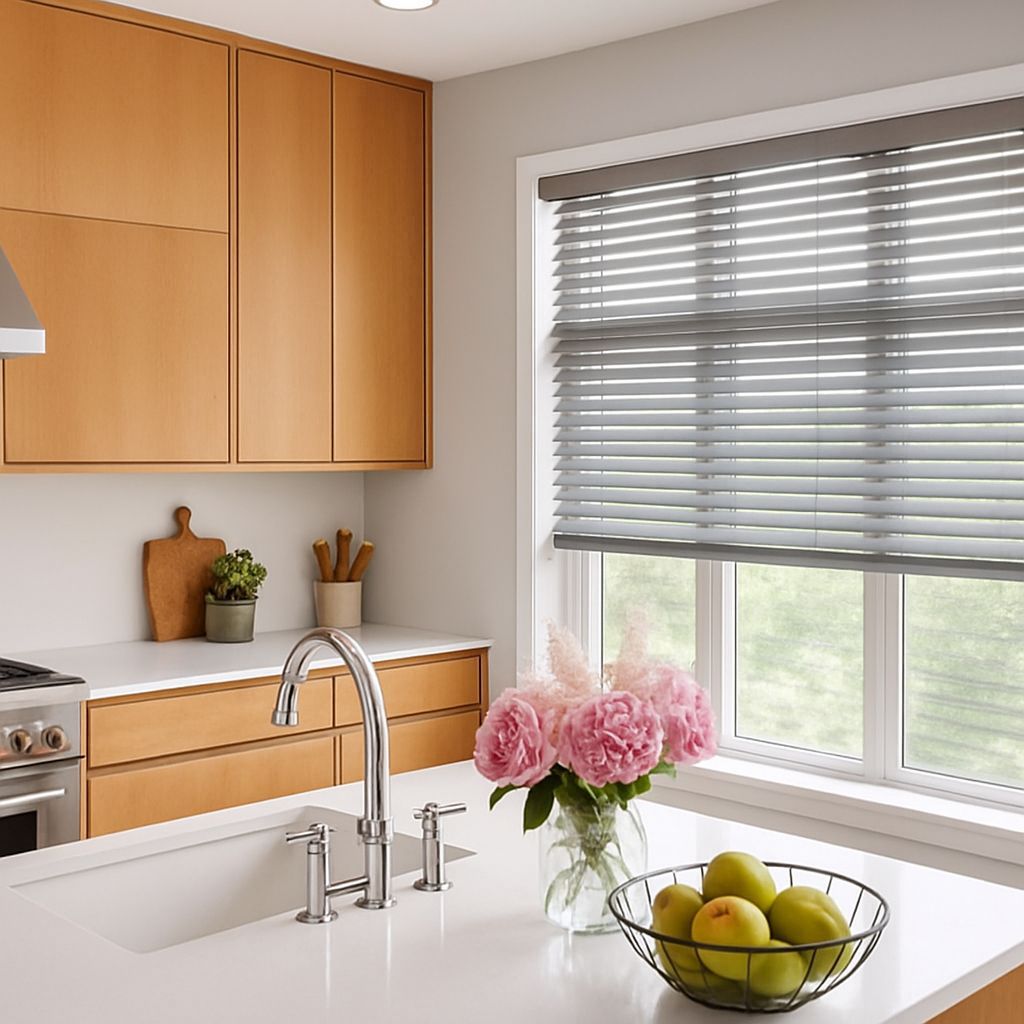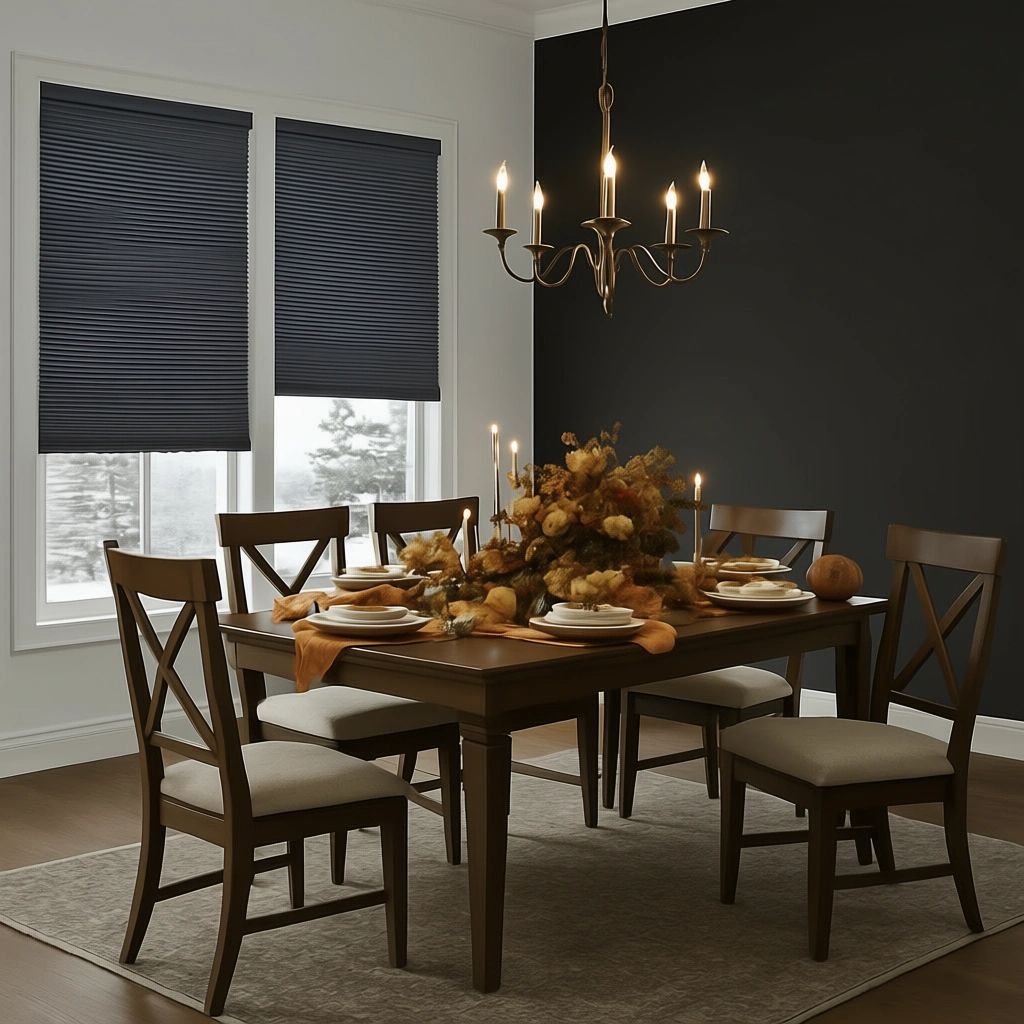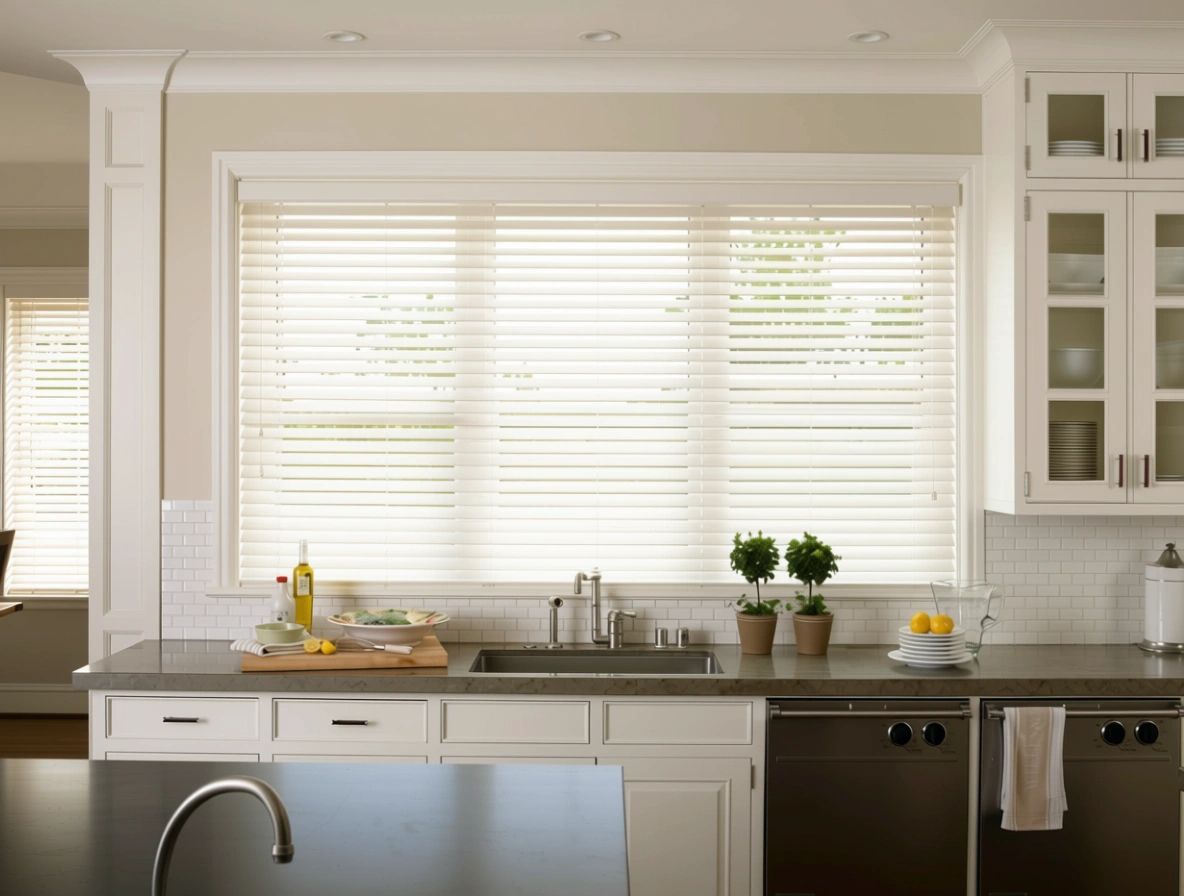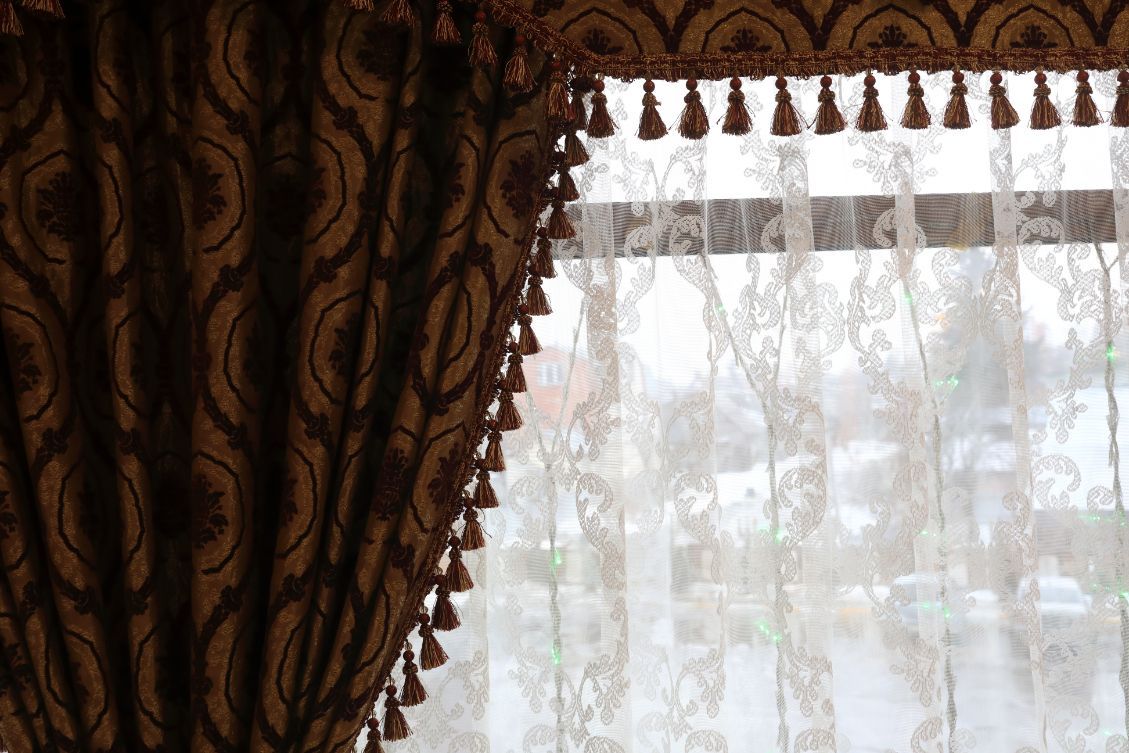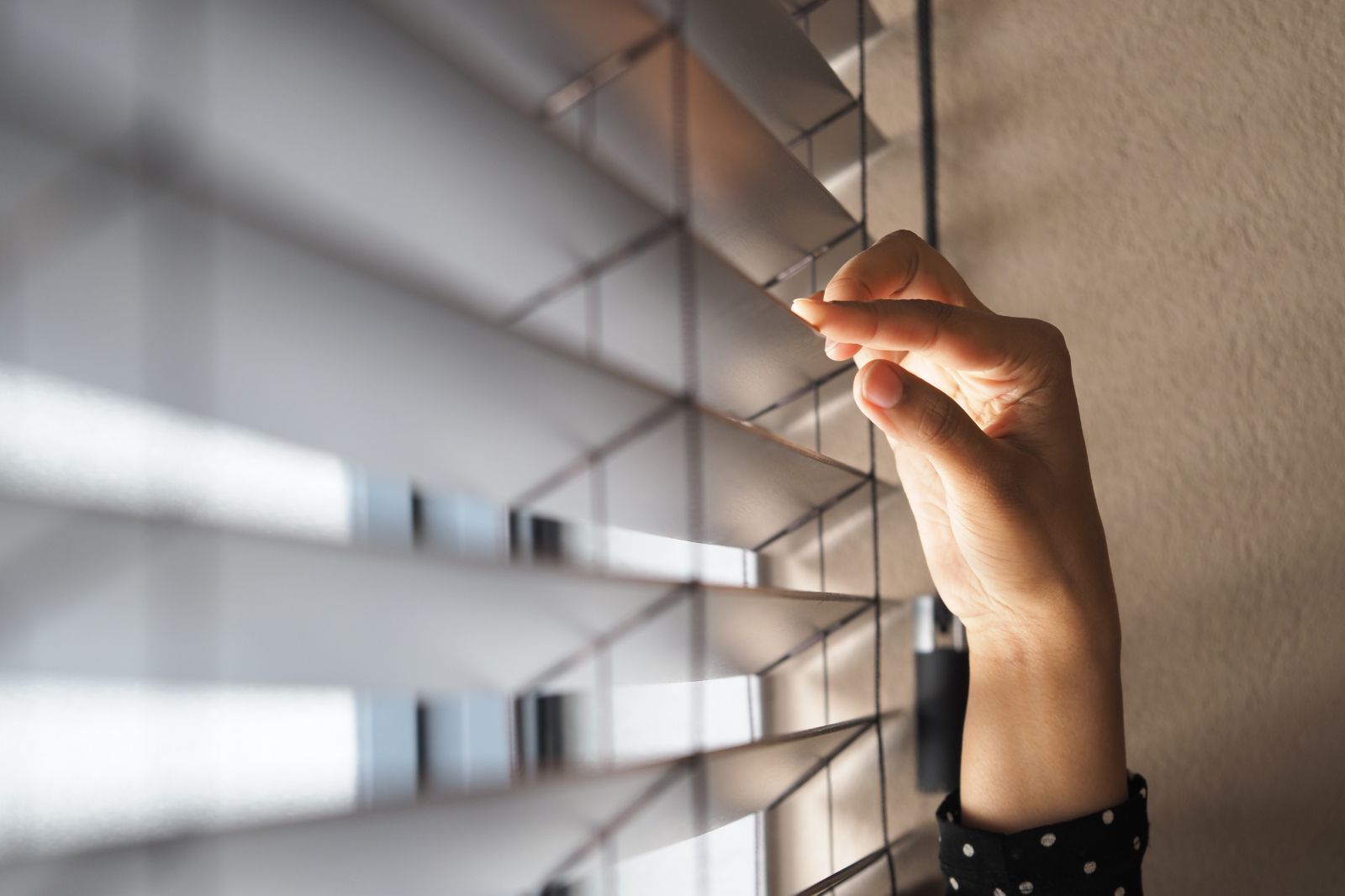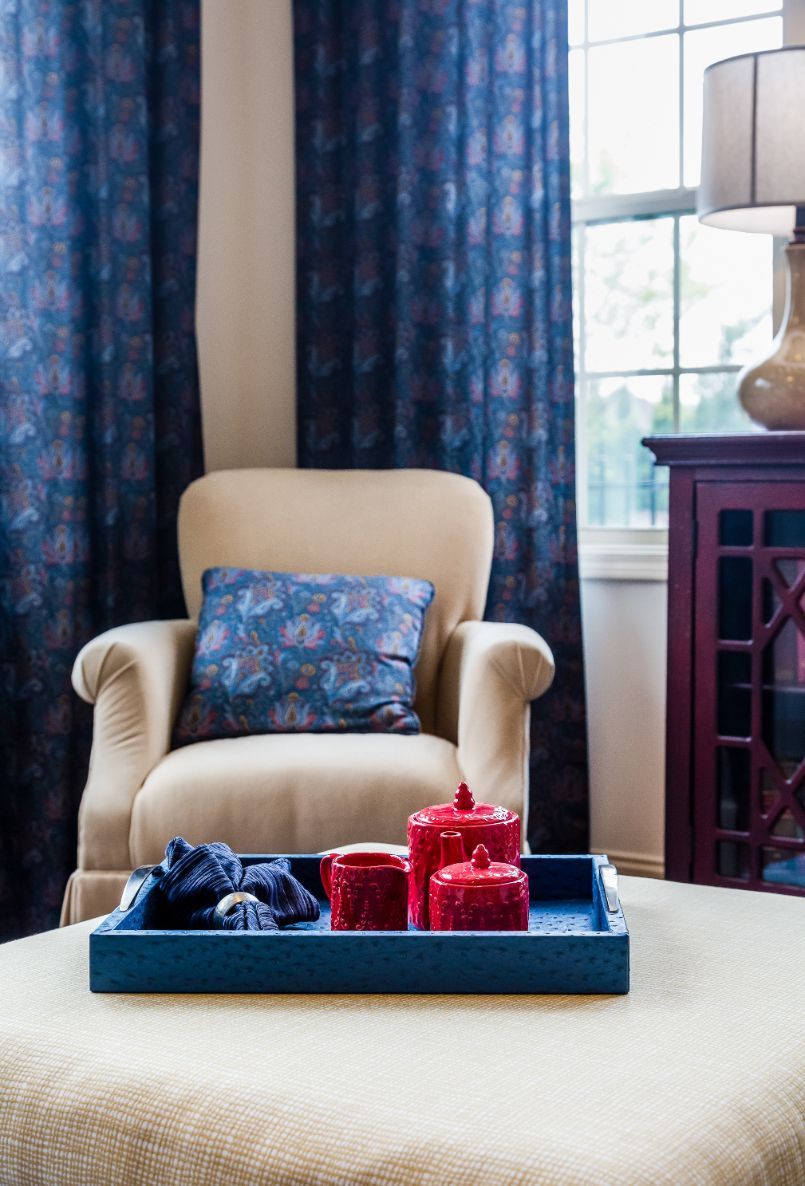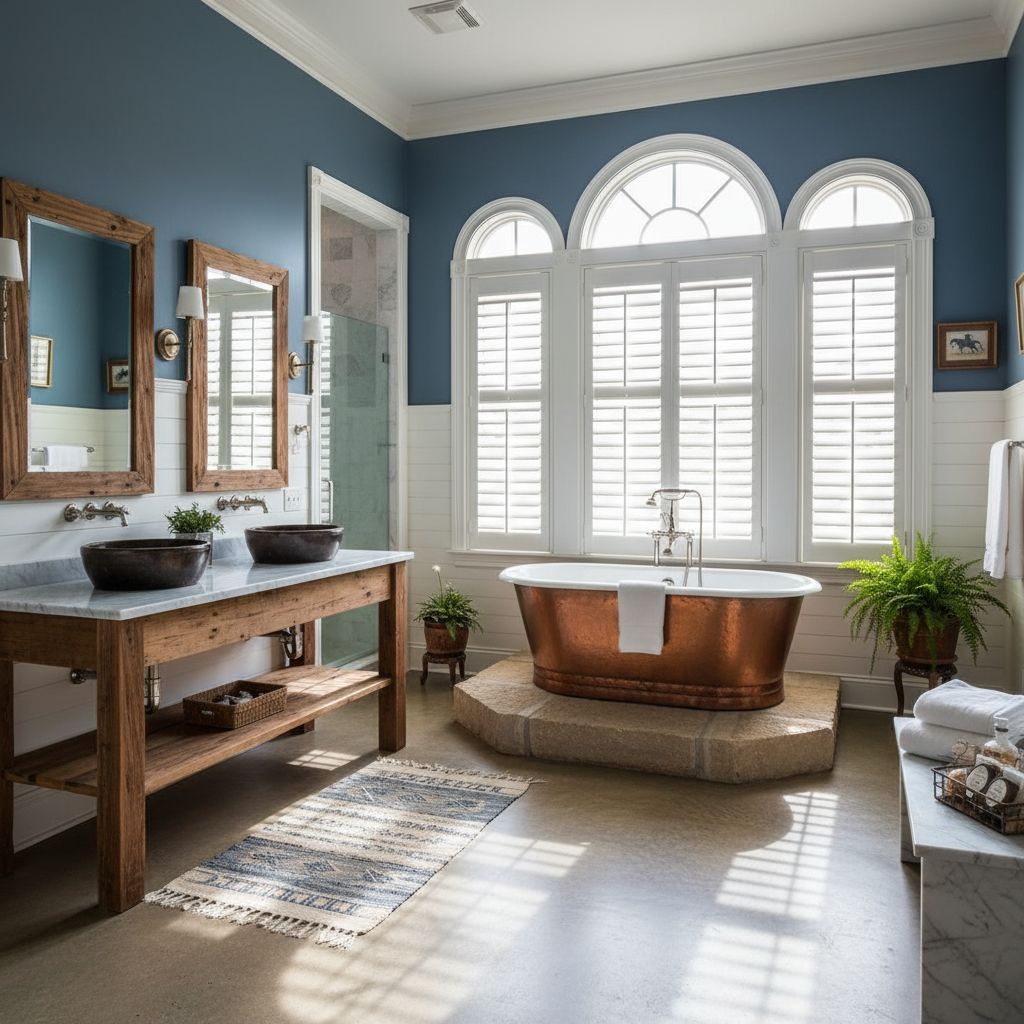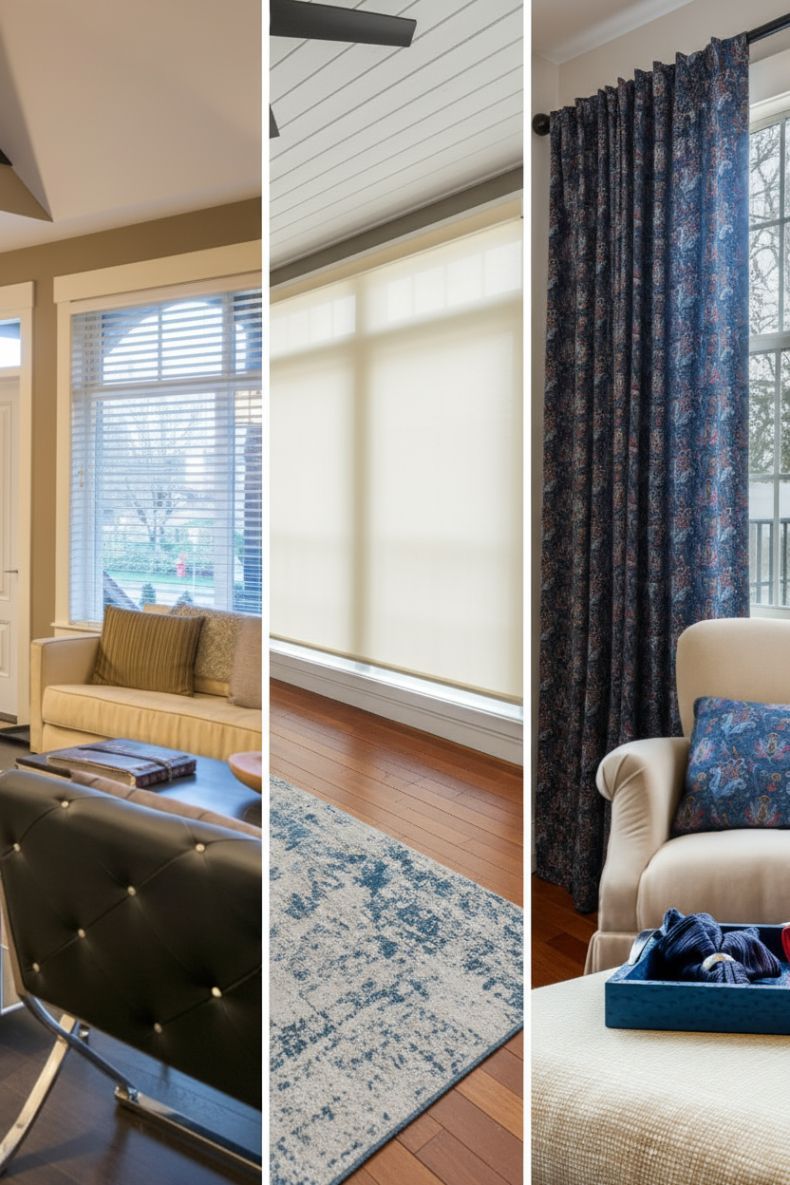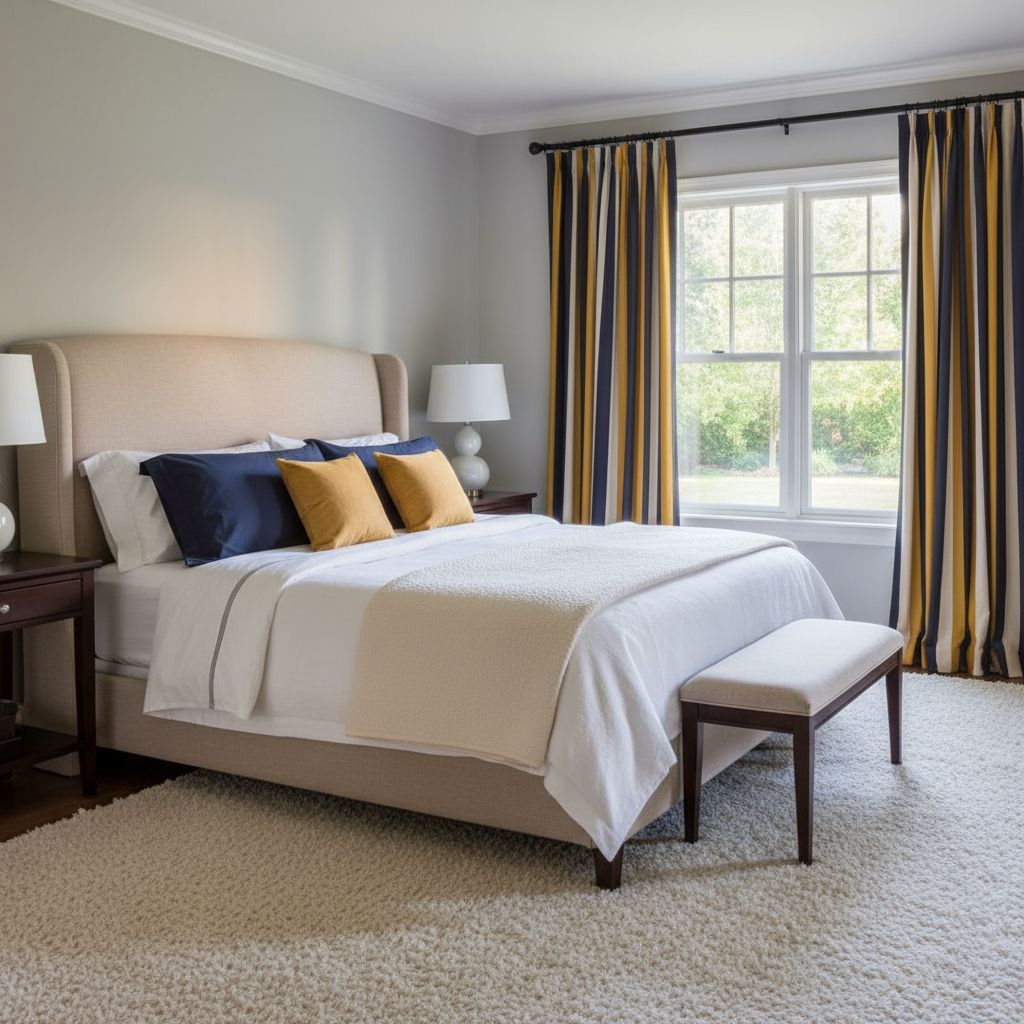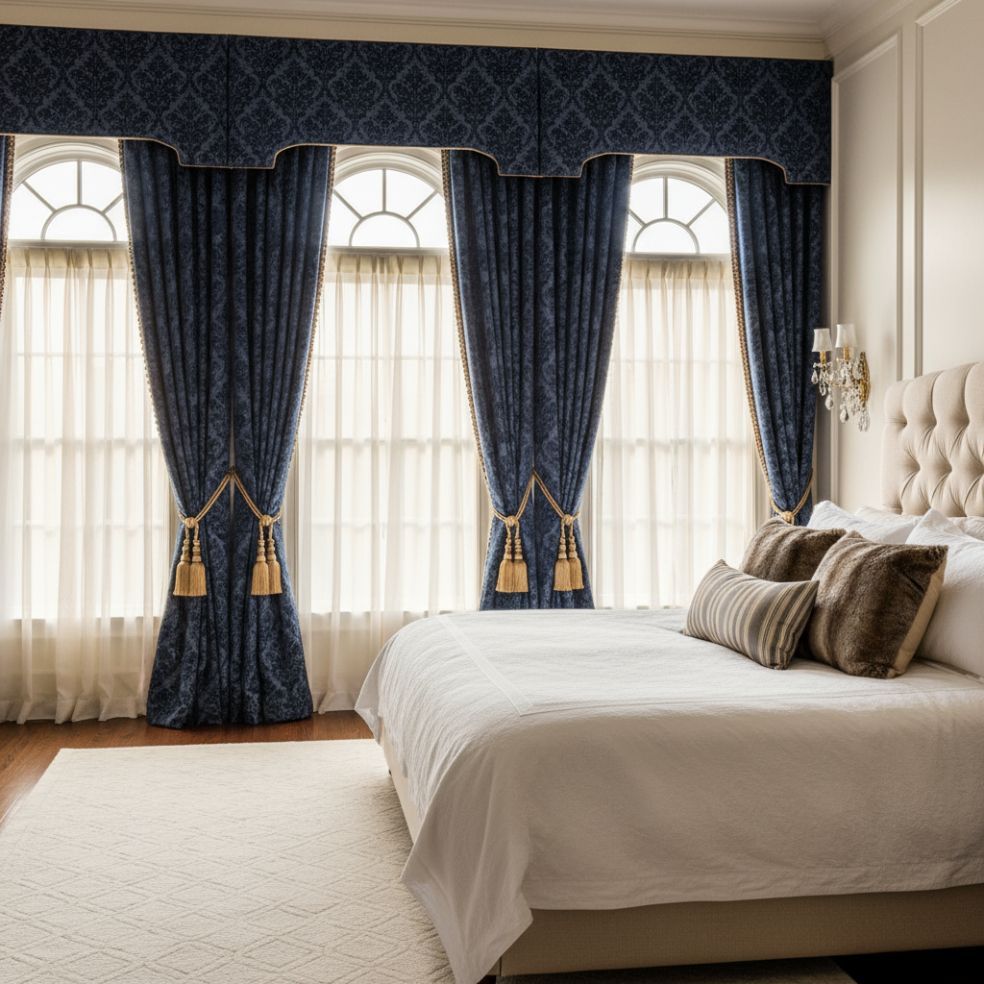5 Window Treatment Mistakes Costing You Money
TLDR;
Common
window treatment mistakes (like leaving bare windows, using wrong materials in moisture-prone areas, ignoring insulation, prioritizing style over function, poor DIY installation, overlooking safety, and not planning for resale) can cost you hundreds in energy bills and lower your home's value. Smart choices from
Love Is Blinds KY prevent these expensive errors and boost comfort, safety, and long-term savings.
Why Window Treatment Mistakes Are Costly
Window treatment decisions impact more than just appearance. Poor choices drain your budget through higher utility bills, frequent replacements, safety hazards, and reduced home value. Understanding these seven common mistakes helps you avoid unnecessary expenses and creates a more comfortable, energy-efficient home.
Mistake #1: Leaving Bare Windows in Direct Sunlight
The Problem
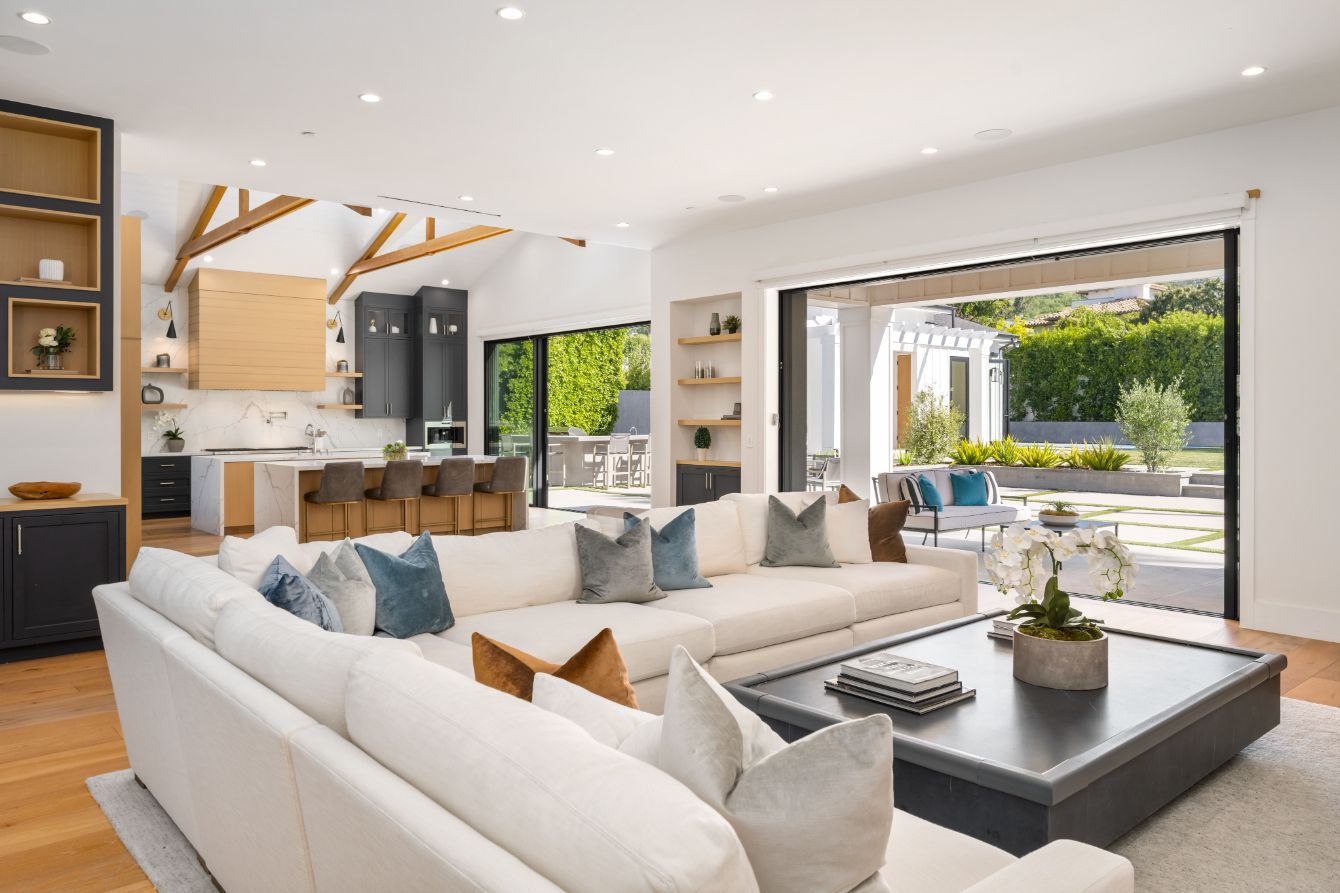
Uncovered windows allow harsh UV rays and heat to flood your home. This causes:
- Furniture, flooring, and artwork to fade prematurely
- Indoor temperatures to spike, forcing your AC to work overtime
- Increased energy bills—windows account for 25–30% of residential heating and cooling energy use
- Uncomfortable glare on screens and TVs
- Direct sunlight exposure can fade fabrics and wood finishes by up to 60% over just a few years. That expensive sofa or hardwood floor loses value fast without protection.
The Fix
Install window treatments with UV protection and heat-blocking properties:
- Cellular shades: Honeycomb design traps air, reducing heat gain by up to 50%
- Solar shades: Block UV rays while maintaining views
- Shutters: Solid louvers provide adjustable light control and maximum protection
Pinterest-Worthy Solutions
Living rooms: Layer sheer solar shades under neutral linen drapes for flexible light control and elegant style.
Home offices: Install top-down/bottom-up cellular shades in white or light gray to reduce screen glare while keeping natural light.
Bedrooms: Choose blackout roller shades in soft colors paired with flowing curtains for complete darkness and designer appeal.
Energy Savings Impact
- Quality sun-blocking treatments can reduce cooling costs by 15–25% in summer months. In Kentucky's humid summers, this translates to $150–$300 in annual savings.
- Controlled by remote, smartphone, or voice assistant.
- Schedule open/close times to optimize energy savings.
- Great for hard-to-reach windows.
- Integrates with smart home systems like Alexa or Google Home.
Mistake #2: Using Wrong Material in High-Moisture Areas
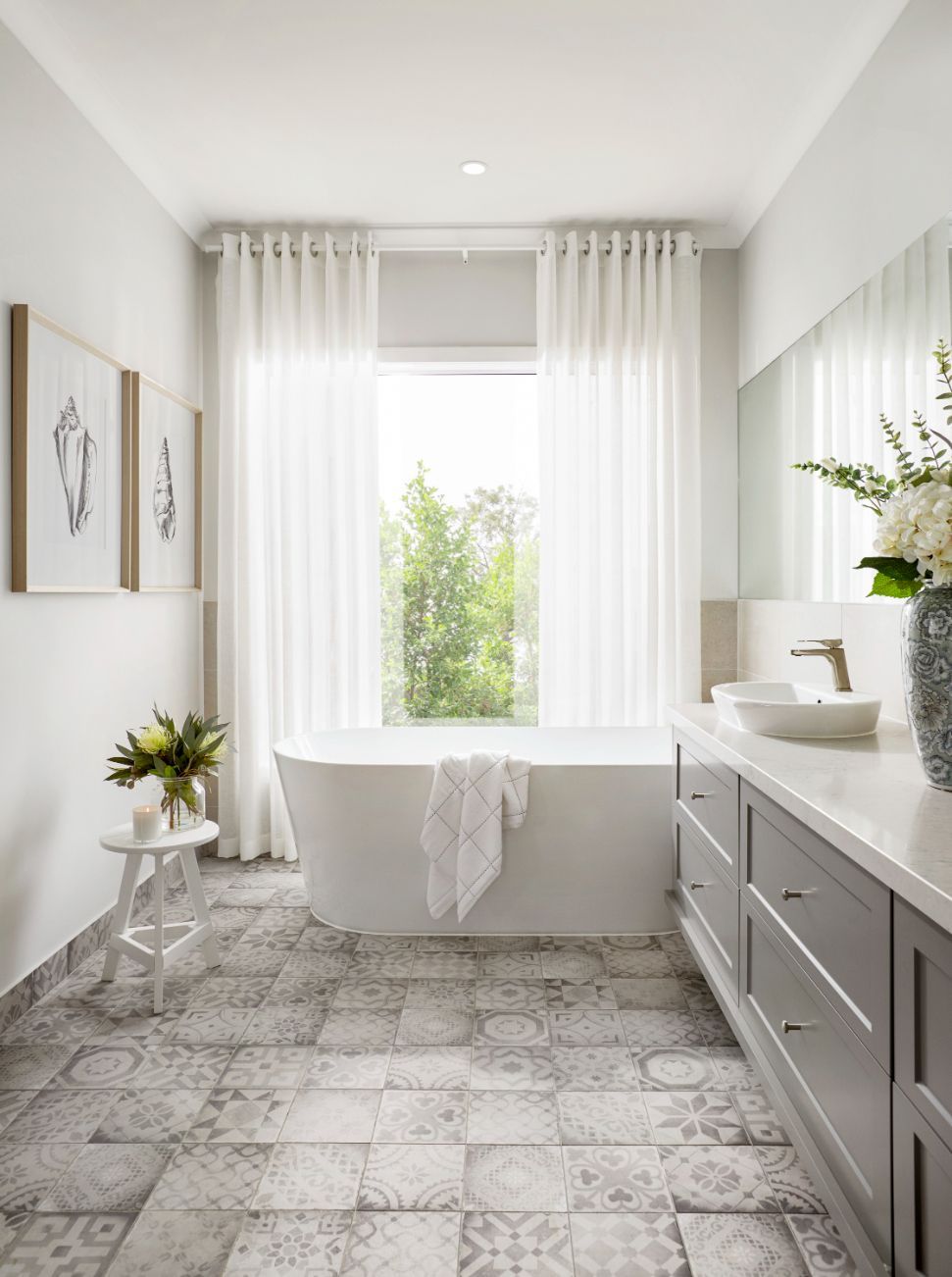
The Problem
Standard fabric treatments in bathrooms, kitchens, and laundry rooms quickly deteriorate:
- Moisture causes mold and mildew growth
- Fabric warps, stains, and develops odors
- Wood blinds crack and warp from humidity
- Frequent replacements needed every 2–3 years
- Mold exposure affects indoor air quality and can trigger allergies and respiratory issues. Once mold sets into fabric or wood treatments, replacement is the only solution.
The Fix
Choose moisture-resistant materials designed for high-humidity environments:
Faux wood blinds: Vinyl or composite materials resist warping and moisture damage
Vinyl or composite shutters: Durable, washable, and mold-resistant
Aluminum blinds: Rust-resistant and easy to clean
Waterproof roller shades: Synthetic fabrics designed for wet areas
Pinterest-Worthy Solutions
Bathrooms: Install white composite shutters for a clean, spa-like aesthetic that handles steam without damage.
Kitchens: Use gray or wood-tone faux wood blinds with cordless lift for easy cleaning and a modern farmhouse look.
Laundry rooms: Choose simple aluminum blinds in neutral tones for budget-friendly, long-lasting function.
Long-Term Savings
Moisture-resistant treatments last 10–15 years versus 2–3 years for standard materials. This saves $500–$1,000 in replacement costs over a decade.
Mistake #3: Style Over Function
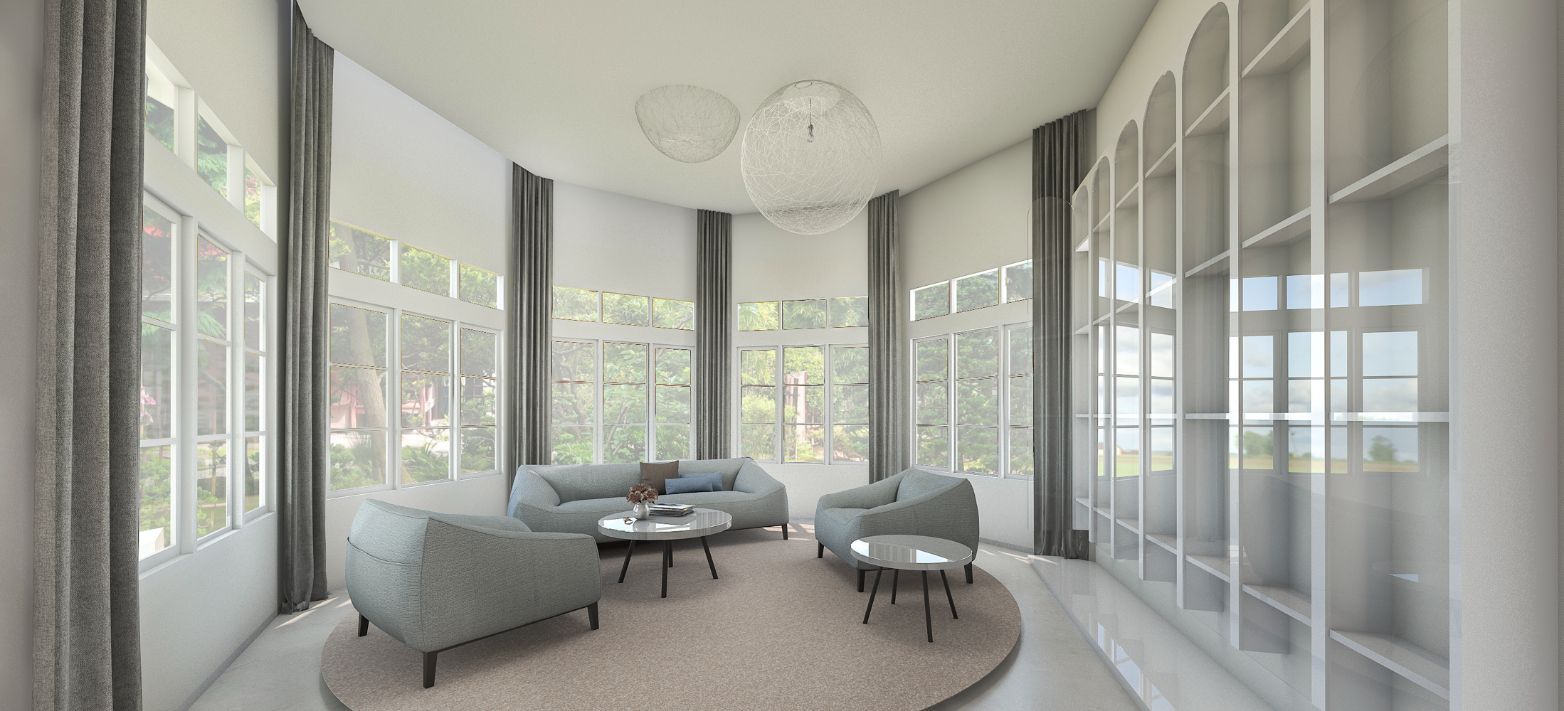
The Problem
Install window treatments with UV protection and heat-blocking properties:
- Cellular shades: Honeycomb design traps air, reducing heat gain by up to 50%
- Solar shades: Block UV rays while maintaining views
- Shutters: Solid louvers provide adjustable light control and maximum protection
Prioritizing appearance without considering practical needs creates daily frustrations:
- Beautiful sheer curtains provide zero privacy
- Trendy dark colors make rooms feel smaller and gloomy
- Decorative treatments block too much natural light
- Impractical materials require constant maintenance
You end up living with inconvenience or replacing treatments quickly, wasting the initial investment.
The Fix
Balance aesthetics with functionality by asking these questions before purchasing:
How much light control do you need? Bedrooms need blackout options; living rooms benefit from adjustable light.
Is privacy a concern? Street-facing windows and ground floors require more coverage.
What's your maintenance tolerance? Busy families need easy-clean materials; formal spaces can handle delicate fabrics.
Do you need insulation? All rooms benefit, but focus on rooms with direct sun exposure or exterior walls.
Pinterest-Worthy Solutions
Bedrooms: Choose blackout cellular shades in soft white or gray, layered with patterned curtains that add personality without sacrificing darkness.
Kitchens: Select faux wood blinds in warm tones that complement cabinetry while resisting moisture and providing adjustable light.
Home offices: Install motorized roller shades in neutral colors for quick light adjustments during video calls.
The Smart Approach
Start with function first, then select colors, patterns, and styles that match your decor. Love Is Blinds KY helps customers find treatments that check every box—beauty, performance, and practicality.
Mistake #4: DIY Installation Gone Wrong
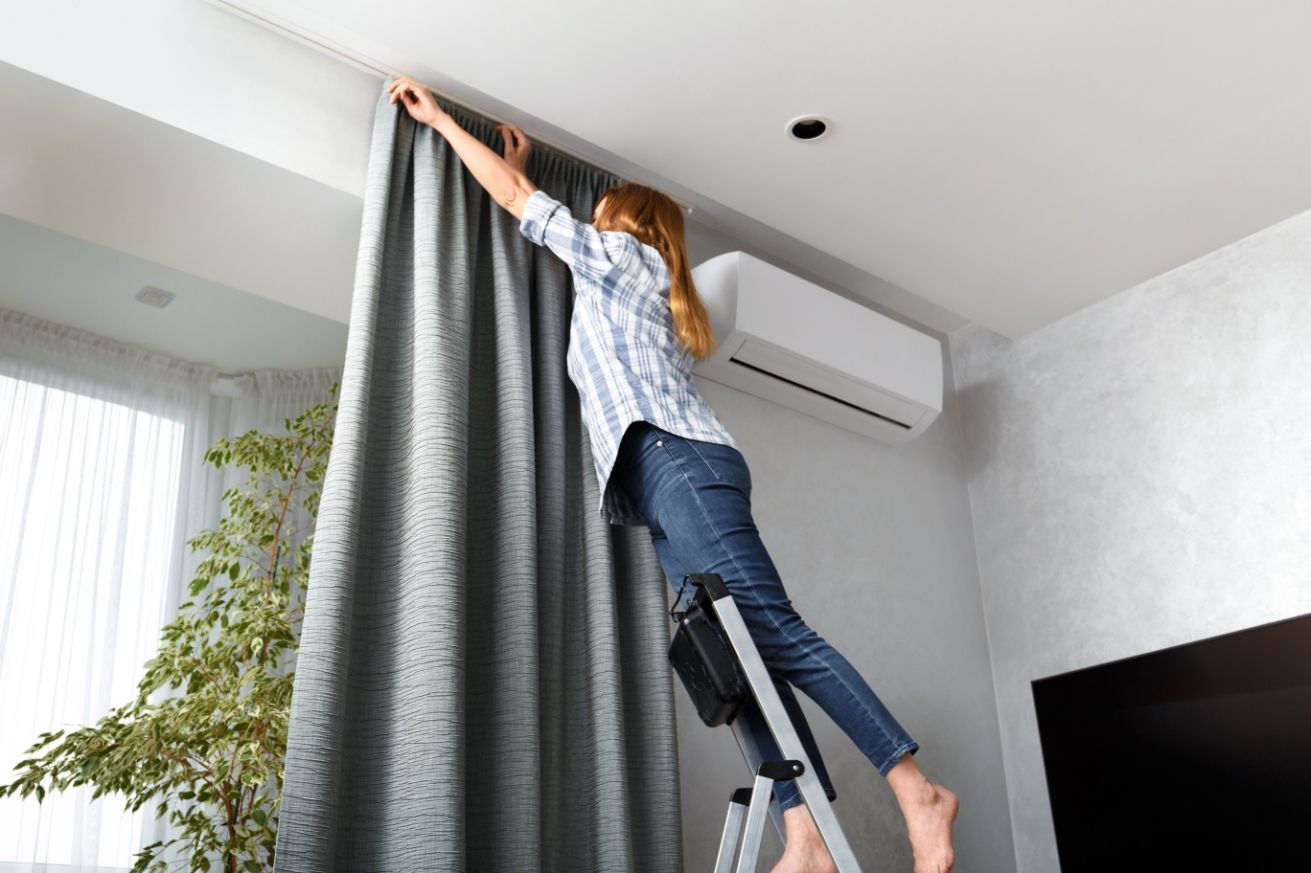
The Problem
Improper installation causes multiple issues:
- Uneven hanging creates a sloppy, unprofessional appearance
- Gaps around edges allow light leakage and heat transfer
- Weak mounting leads to fallen blinds, damaged walls, and safety hazards
- Incorrect measurements waste money on returns or custom reorders
- Warranty coverage often requires professional installation
Even experienced DIYers struggle with large windows, specialty shapes, or motorized treatments. One mistake can cost more than professional installation would have.
The Fix
Invest in professional installation for:
- Custom treatments: Exact measurements and proper mounting are critical
- Motorized options: Electrical work and programming require expertise
- Shutters: Precise fitting and secure mounting to frames
- Large or specialty windows: Arched, bay, or floor-to-ceiling installations
For simple roller shades or tension rods, DIY may work—but always follow manufacturer instructions exactly.
Pinterest-Worthy Solutions
Living rooms: Professionally installed floor-to-ceiling drapes in soft linen create an elegant, hotel-inspired look with perfect proportion.
Bedrooms: Custom-fit plantation shutters installed by experts provide a built-in, high-end appearance that DIY can't replicate.
Kitchens: Faux wood blinds mounted inside the frame by professionals ensure a clean, flush fit.
Cost Comparison
Professional installation typically costs $50–$150 per window but prevents costly mistakes. A DIY error requiring new custom blinds can cost $300–$800 per window—far more than hiring a pro from the start.
Mistake #5: Not Planning for Resale Value
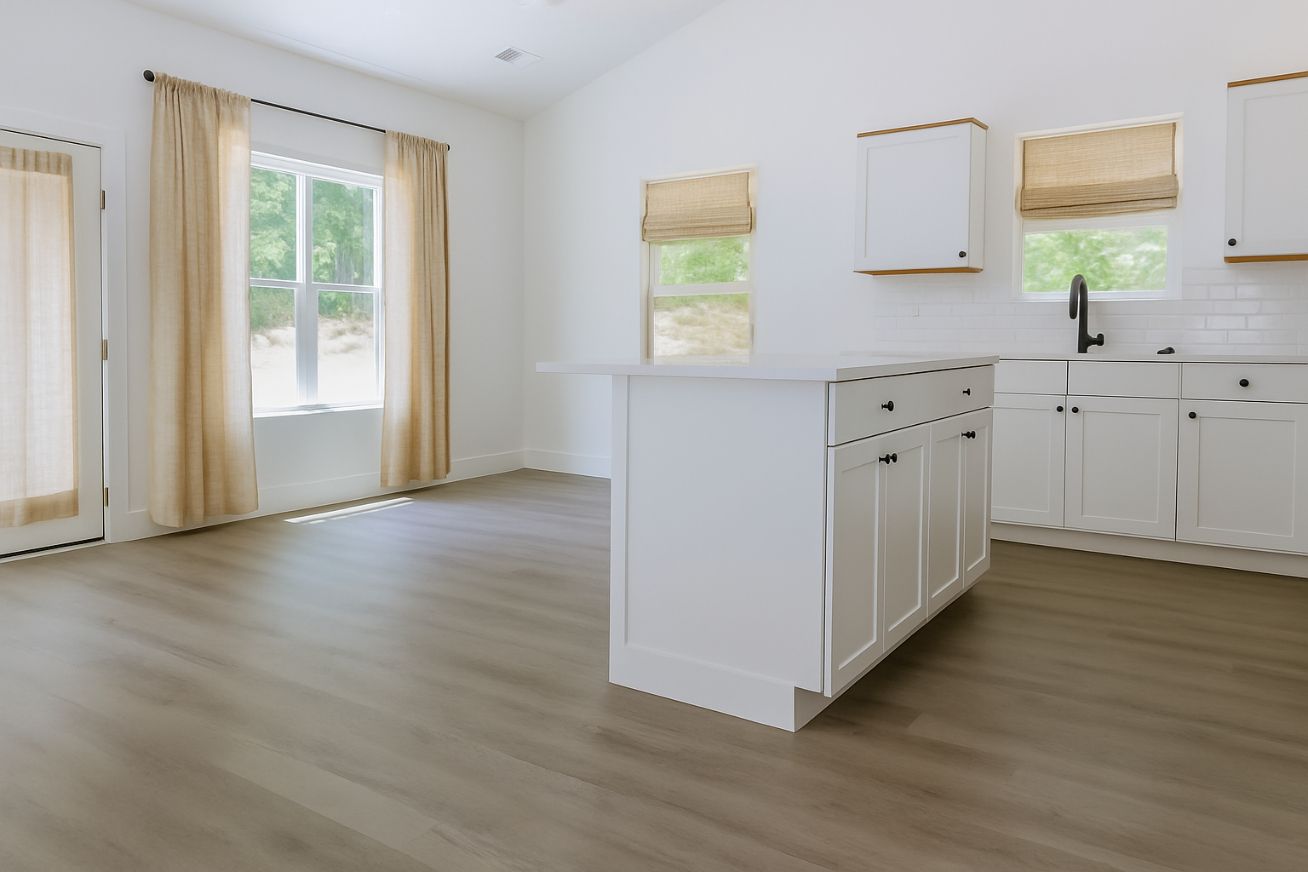
The Problem
Ignoring how window treatments affect home value costs you at sale time:
- Outdated or damaged treatments make rooms look neglected
- Overly personalized colors or patterns limit buyer appeal
- Cheap, visible-quality treatments signal poor home maintenance
- Missing treatments in key rooms reduce perceived value
Buyers form first impressions quickly. Window treatments are part of the package they evaluate when determining offer prices.
The Fix
Choose treatments that appeal to future buyers:
Neutral colors: White, beige, gray, and soft earth tones suit most tastes
Timeless styles: Plantation shutters, cellular shades, and simple drapes age well
Quality materials: Faux wood, composite shutters, and lined fabrics look intentional and well-maintained
Consistent flow: Use similar styles or colors across connected spaces for visual harmony
Before listing your home, update worn treatments in high-impact rooms like the living room, kitchen, and primary bedroom.
Pinterest-Worthy Solutions
Living rooms: Install classic white plantation shutters that appeal to traditional and modern buyers alike.
Primary bedrooms: Choose neutral cellular shades with blackout lining and elegant curtains in soft gray or linen.
Kitchens: Use clean white or wood-tone faux wood blinds that complement any cabinet color.
Home Value Boost
Quality window treatments can add 1–3% to your home's perceived value. For a $300,000 home, that's $3,000–$9,000 in potential return. Professional, neutral treatments also help homes sell faster by creating move-in-ready appeal.
When to Replace Your Current Window Treatments
Consider upgrading if:
- Your energy bills have increased without explanation
- Treatments show visible wear—fading, warping, broken slats
- You're preparing to sell your home within the next 1–2 years
- Mechanisms stick, jam, or fail regularly
- You've lived with bare windows or outdated styles for years
Questions to Ask Before Your Next Purchase
What is the warranty and expected lifespan?
Quality treatments should last 10–15 years with coverage against defects.
What are the insulation and energy efficiency ratings?
Check for thermal properties and proper fit.
Is professional installation included or recommended?
Custom treatments perform best when installed correctly.
How easy is it to clean and maintain?
Match maintenance needs to your lifestyle.
Does it complement my flooring and furniture?
Coordinate undertones, textures, and styles for a cohesive look.
Why Love Is Blinds KY Helps You Avoid These Mistakes
Our experience shows that educated customers make better decisions and enjoy long-term satisfaction. We guide you through:
- Energy-efficient selections tailored to Kentucky's climate
- Professional measurement and installation to ensure proper fit and function
- Style coordination that complements your existing decor and boosts resale appeal
- Quality materials designed for durability and performance
Avoiding these seven costly mistakes starts with the right partner. Love Is Blinds KY delivers window treatments that save money, enhance comfort, and protect your investment for years to come.
FAQs
How much can I save by replacing bare windows with insulated treatments?
Homeowners typically save 15–30% on cooling costs and 10–25% on heating costs. For an average Kentucky home, that's $200–$500 per year in energy bill reductions.
What window treatments are best for high-moisture areas like bathrooms?
Faux wood blinds, composite shutters, vinyl shutters, and waterproof roller shades resist moisture damage and mold growth. Avoid fabric curtains and real wood in bathrooms, kitchens, and laundry rooms.
Will quality window treatments increase my home's resale value?
Yes. Quality treatments in neutral colors can add 1–3% to your home's perceived value and help it sell faster. Buyers notice updated, well-maintained window coverings during showings.
How long should window treatments last?
Quality treatments should last 10–15 years with proper care. Cheap options typically need replacement every 3–5 years, making them more expensive long-term.
Conclusion: Smart Choices Lead to Long-Term Savings
Window treatment mistakes add up quickly: higher energy bills, frequent replacements, safety risks, and reduced home value can cost thousands over time. By choosing the right materials, prioritizing function alongside style, ensuring professional installation, and planning for safety and resale, you protect your budget and create a more comfortable home.
Quality window treatments from Love Is Blinds KY prevent these expensive errors from the start. We help Kentucky homeowners make smart decisions that pay dividends in energy savings, safety, beauty, and lasting value.

